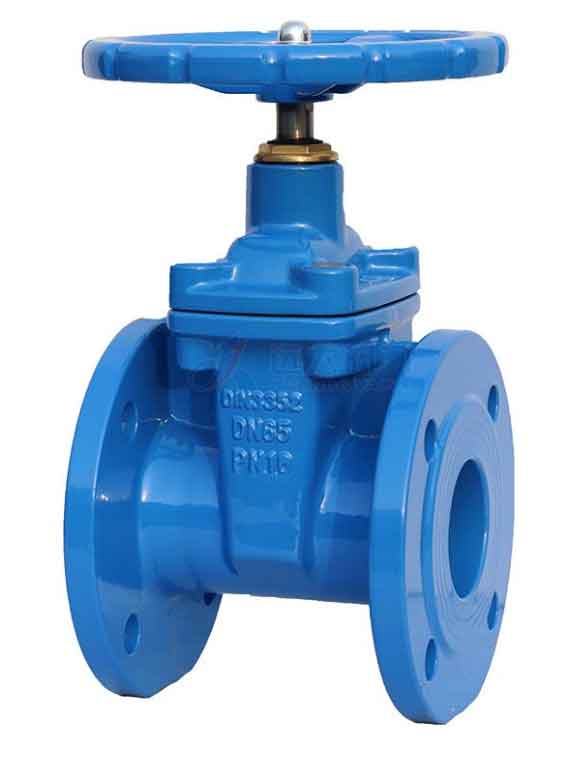Gate valves play a crucial role in ensuring safety and reliability in fluid conveyance systems. By providing effective shut-off capabilities, they help control the flow of fluids and prevent leaks or unintended flow. Here are some key ways in which gate valves contribute to the safety and reliability of fluid conveyance systems:

1. Reliable Shut-Off: Gate valves are designed to provide a tight seal when closed, effectively stopping the flow of fluids. This reliable shut-off capability is crucial in emergency situations or when maintenance or repairs need to be performed. Gate valves help prevent leaks, spills, and the potential for accidents or environmental hazards.
2. Pressure and Flow Control: Gate valves allow for precise control over the pressure and flow rates of fluids. By adjusting the position of the gate, operators can regulate the amount of fluid passing through the valve. This control helps maintain system stability, prevents excessive pressure build-up, and ensures that the flow rates are within acceptable limits.
3. Durability and Longevity: Gate valves are designed to withstand demanding operating conditions, including high pressures, temperatures, and abrasive or corrosive fluids. The materials used in gate valve construction are selected for their durability and resistance to wear, erosion, and corrosion. This ensures that gate valves can operate reliably over an extended period, reducing the need for frequent replacements and minimizing system downtime.
4. Flexibility in Installation: Gate valves offer flexibility in terms of their installation orientation, allowing them to be installed in various positions without compromising their performance. This adaptability enables gate valves to be integrated into different fluid conveyance systems, accommodating the specific requirements of the application.
5. Low Flow Resistance: Gate valves typically have a full-bore design, meaning that the opening through the valve is nearly the same size as the pipeline. This design minimizes flow restrictions and pressure drops, resulting in efficient fluid conveyance and reduced energy consumption. Gate valves are well-suited for applications that require high flow rates and low flow resistance.
6. Maintenance and Repair: Gate valves are generally designed for ease of maintenance and repair. They can be disassembled and serviced without requiring extensive dismantling of the pipeline. This feature simplifies maintenance procedures, reduces downtime, and allows for efficient inspection, cleaning, and replacement of components when necessary.
7. Compliance with Standards and Regulations: Gate valves are manufactured to meet industry standards and regulations, ensuring their reliability and safety in fluid conveyance systems. Various organizations, such as the American Petroleum Institute (API) and the American Society of Mechanical Engineers (ASME), provide standards and guidelines for gate valve design, materials, testing, and performance. Adhering to these standards helps ensure that gate valves meet the necessary requirements for safe operation.
8. Operational Monitoring and Automation: Gate valves can be equipped with monitoring systems and integrated into automation networks. This allows for remote monitoring of valve status, real-time data collection, and automated control. By incorporating advanced technologies, such as sensors and actuators, gate valves can contribute to improved system efficiency, predictive maintenance, and overall operational safety.
By incorporating gate valves into fluid conveyance systems, industries can achieve safe and reliable flow control, prevent accidents, reduce environmental risks, and ensure efficient operation. It is essential to select gate valves that are suitable for the specific application, considering factors such as operating conditions, fluid properties, and industry standards, to maximize safety and reliability.
